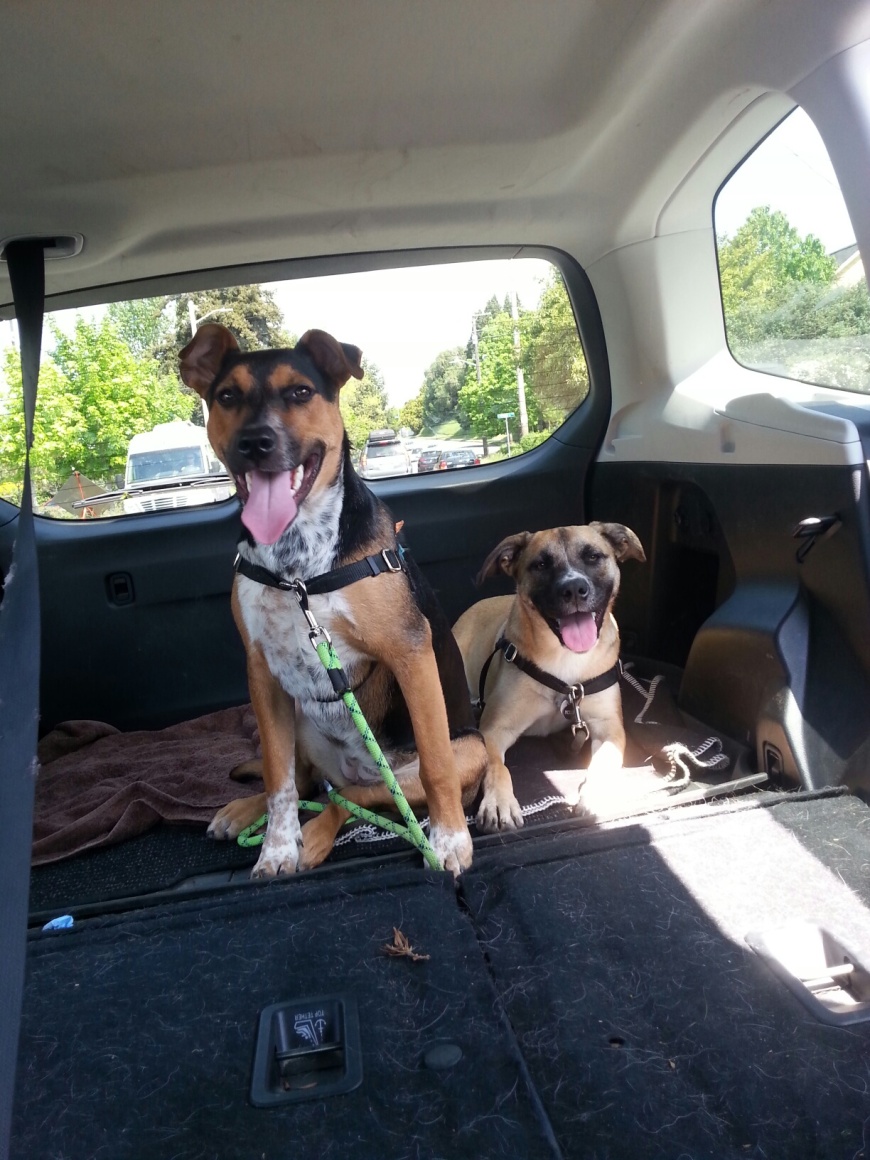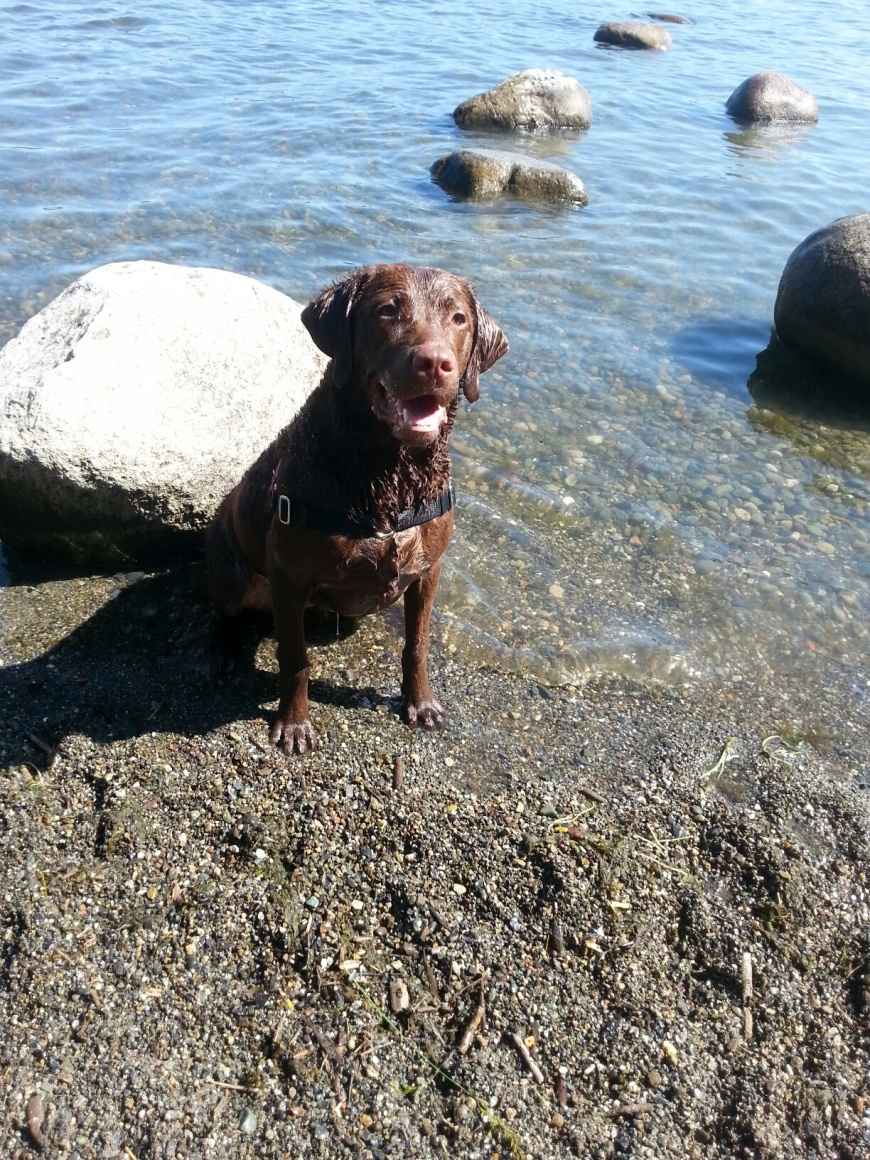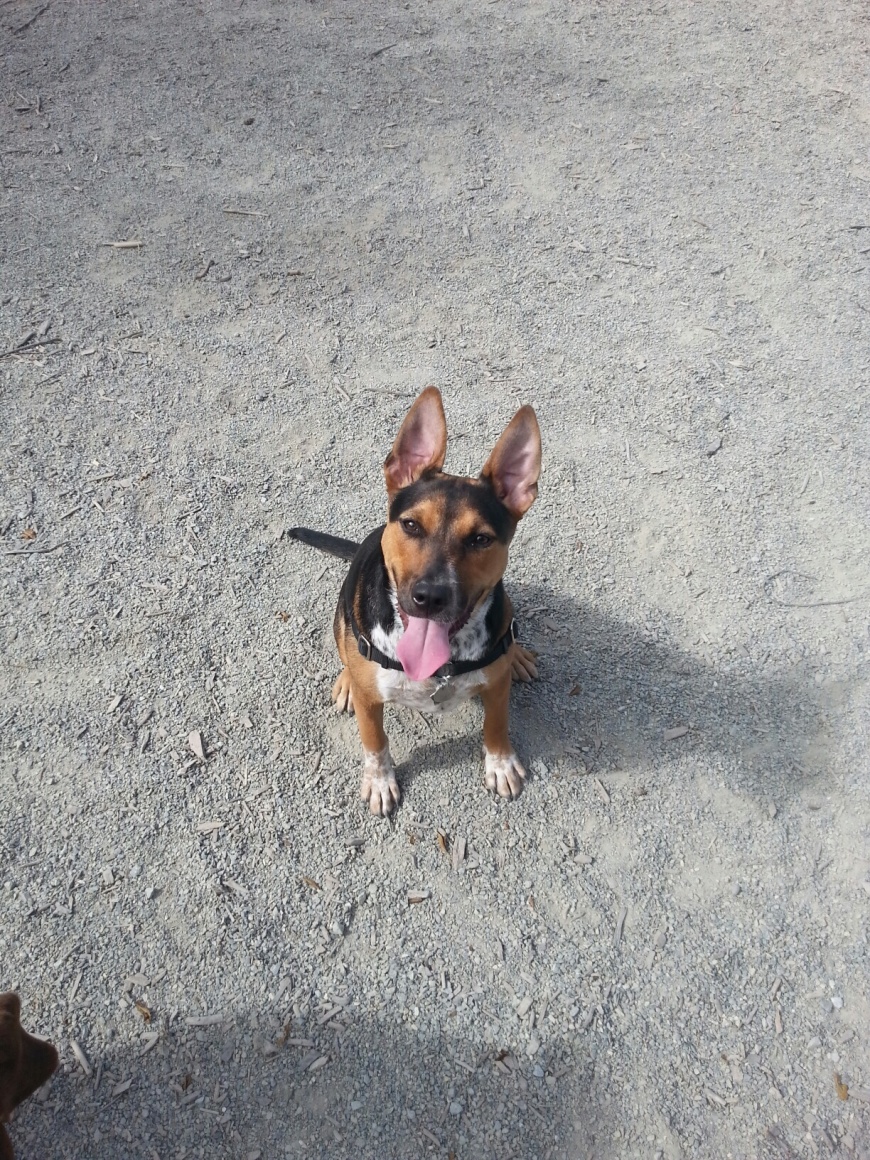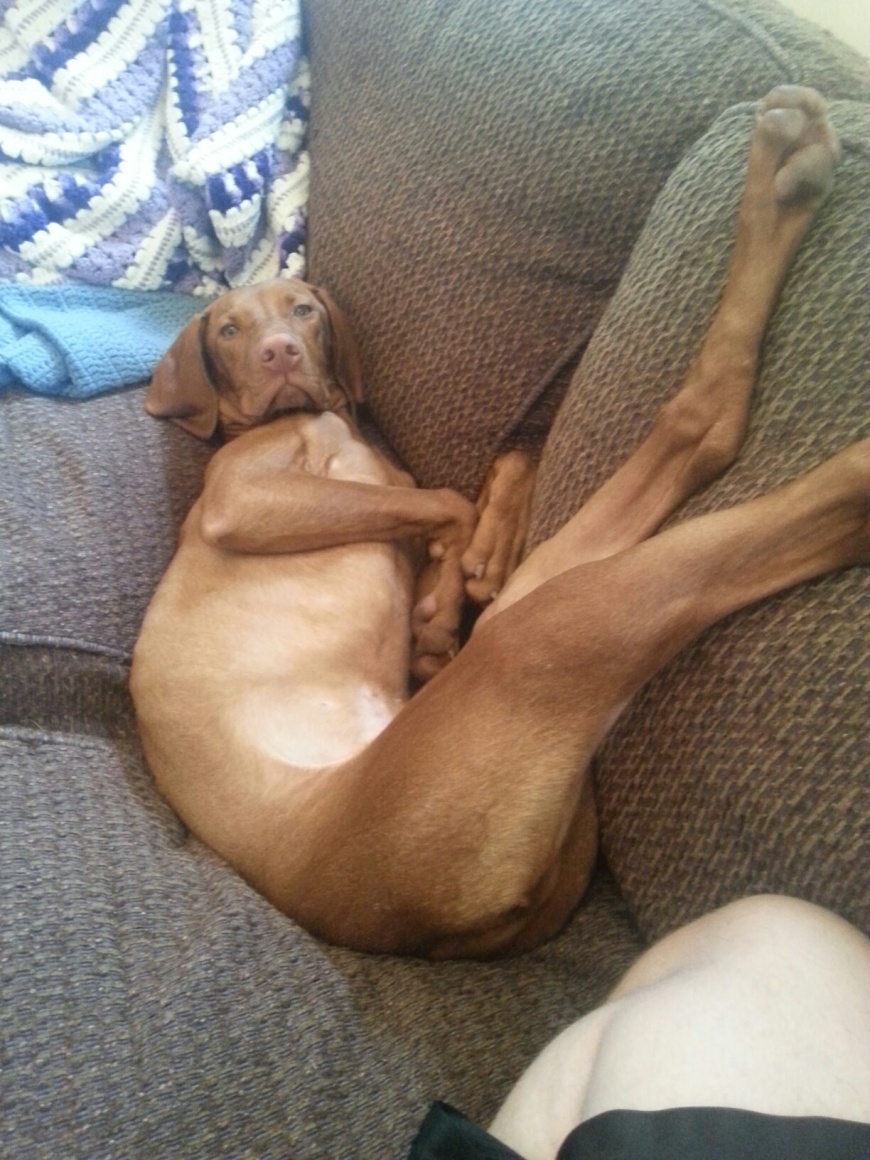Congratulations, you’ve finally decided that it is time to get a dog! You’ve committed yourself to putting in the time and effort to raise, care for, properly socialize, and make it the best dog it can be!

But one question still remains: What kind of dog do you want to get? The answer to that question can be critical in building a healthy relationship between you and your new pup. Having even a brief knowledge of a dog’s traits and how they match a person’s life would ensure that thousands of dogs are properly homed and not surrendered every year. A busy owner living in a studio apartment probably shouldn’t own a Siberian Husky. Marathon runners looking to bring their dogs on long runs probably shouldn’t own an English Bulldog.
Catch my drift?
Now, there are dozens of Breed Profilers out there that help to distinguish the different characteristics of purebred dogs. But thousands of dogs are adopted from shelters and rescues, and these mix breeds are a bit more challenging to pinpoint. My focus here is about picking a handful of general characteristics that are apparent in any dog, and highlighting how they may or may not fit into your life. Then, if you walk into a shelter and see a dog, you’ll have an idea what to expect, even if you’re not sure about the breed. Sound good? Cool, let’s get started:
SIZE
Maybe more obvious when you adopt an adult dog, but something to watch for with puppies as well. A large breed (75lbs+) would be a hard dog to manage if you live in a studio apartment, don’t have a yard, or if you’re elderly, especially if the dog is young. They typically require more exercise and food, costing you both extra time and money.
Consider that toy and terrier breeds tend to be smaller in stature, but still need to be exercised and kept entertained. Some small breeds can still make great running and trail partners, and can easily be carried if they are hurt or if you’re in a hurry.
Managing a large dog in limited space can be done, but it requires a lot more effort on your part. Matching a dog’s size to your lifestyle can be important on building a healthy bond.
HAIR
Long hair? Short hair? It all comes down to how much work you want to put in. Long hair means lots of brushing (to remove excess hair and tangles) and lots of trips to the groomer. Shorter hair means less brushing, easier clean ups, and dogs that can cool easier in warm weather. Trust me, I used to be a grooming assistant, and musing your way through matted Collie hair is not a good way to spend a Thursday afternoon if you’re not prepared for it!

NOSE
Bet you didn’t think about your dog’s nose as a crucial trait. If you are an active person looking to have an active dog, then pay attention. Smushed nosed dogs (Pugs, Bulldogs, Boxers, etc) have a more difficult time getting air into their systems through their shorter noses. These dogs are brachycephalic breeds (short nosed), and hot, humid weather can make life difficult when put under stress, and even become a health risk. This means that it only takes a little bit of strenuous activity to wear them out. Now this could be a good thing, I mean bulldogs that I’ve worked with only require one good walk a day and turn into couch potatoes. I wouldn’t recommend doing any marathon training with a French Bulldog, however.
A longer nose allows for working class dogs to have higher endurance, and make it easier for them to breathe in hot and humid conditions. Athletic breeds are typically equipped with a longer muzzle to allow airflow to their systems. But don’t be fooled, even Boxers have a long history of being service dogs.
BREED BACKGROUND
Regardless of whether you end up with a purebred or a mixed breed, dogs will always display certain characteristics that reflect the instincts bred into them. Shelters can typically give you an idea on the breeds when you are adopting a rescue, and it is your responsibility to know what to expect. For example, Hound breeds are trackers, bred to follow the scent of a trail. They will be looking for lots of mental stimulation and will not be happy to be let inside (and they’ll let you hear about it). You’ll need to set up simulated games (like hiding treats for them to find) to keep their minds and bodies active.

If you have any idea of the breed of the dog you are adopting, do your due diligence to research what they are all about.
Breed traits are a great way to sift through the countless adoption options you have. Remember that age and temperament also play factor. I wish this went without saying, but puppies are a ton of work. They require more frequent potty breaks and a lot more time and focused energy. I’ve heard trainers and owners say that “puppies are cute as a survival tactic.” Honestly, if people saw puppies as ugly, they probably wouldn’t take on such a monumental task.

Adult dogs are typically easier to gauge, and they have a history to help support if they are a good fit for your home. Rescuing an adult dog can be a risk, as they could be from an abusive home and need some serious training and attention to get back on track. Work with a shelter worker, or with a trainer to test the temperament of a dog at any age. Look for confident, curious and welcoming dogs, unless you are willing to work with dogs that are not as open to attention. Do justice by the dog, you don’t want them to be surrendered again.
Of course, dogs don’t always fit a perfect mold, but if you keep these things in mind, you should have a very happy relationship with your new dog!
If you are looking for a new pet, please consider adopting through a local shelter or rescue!

Published by